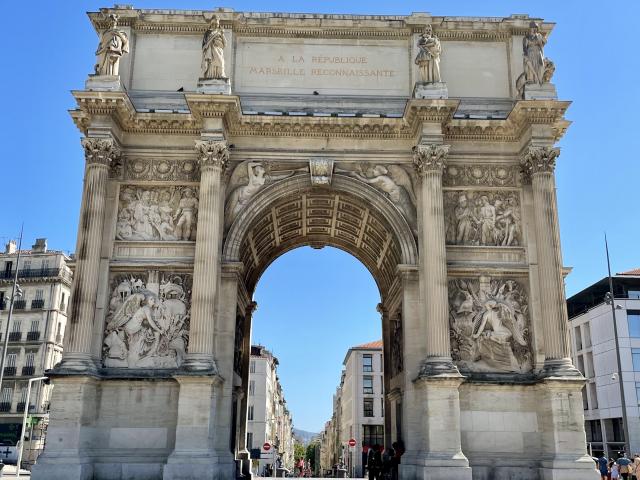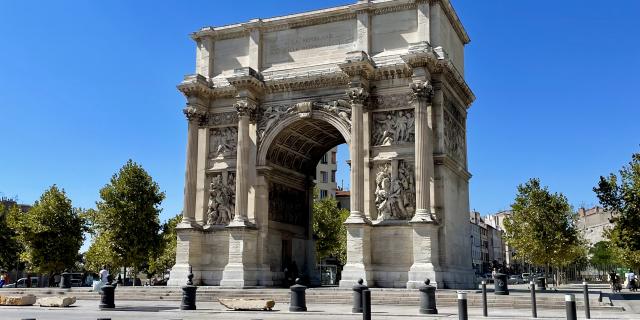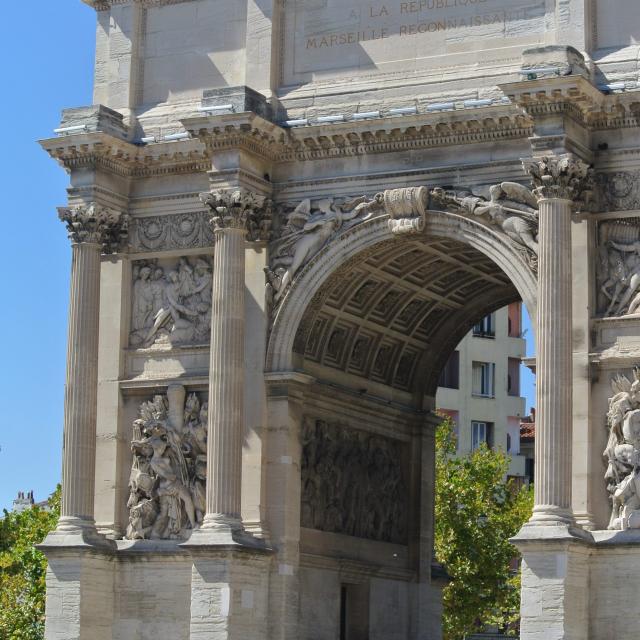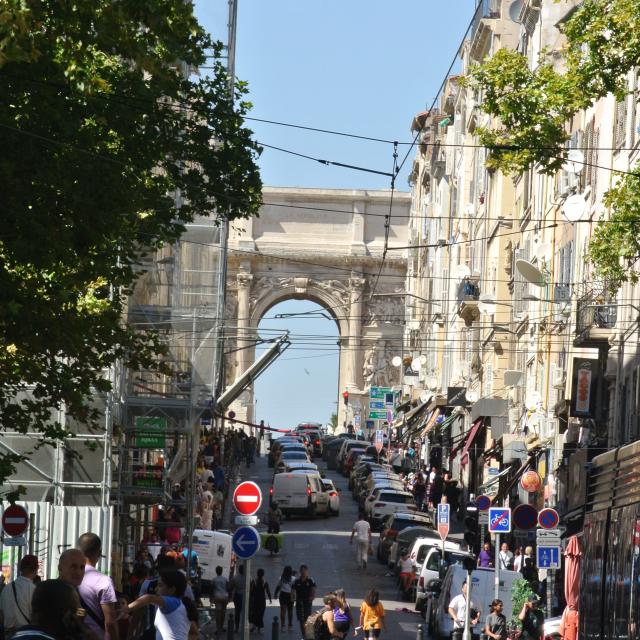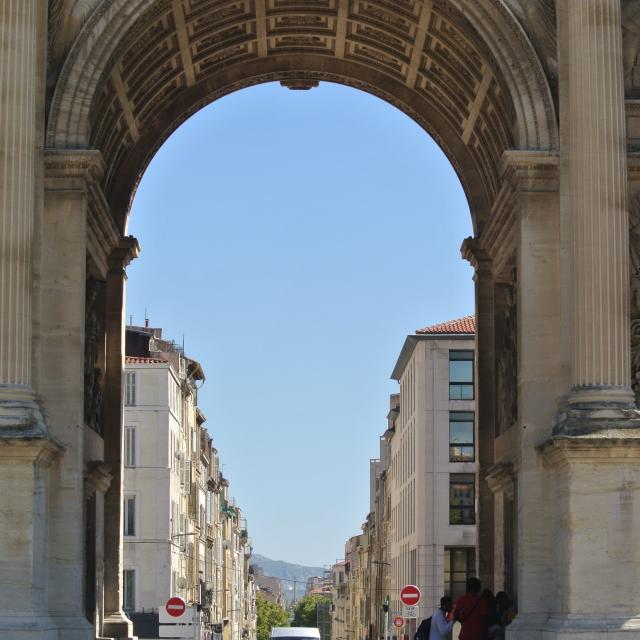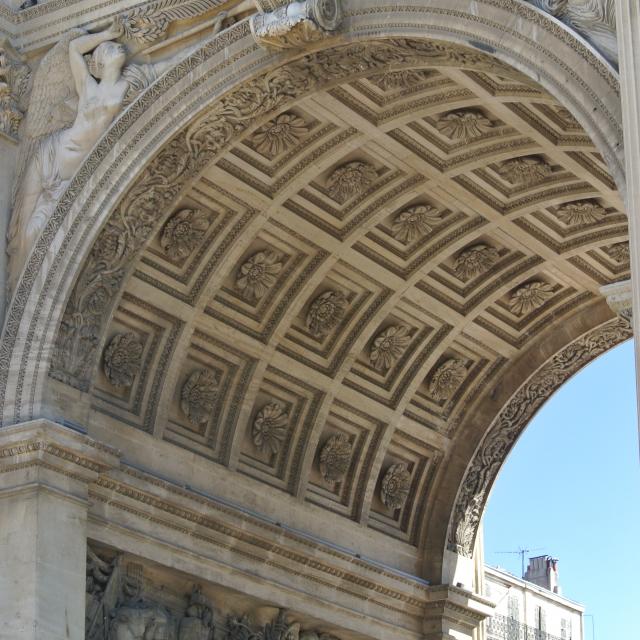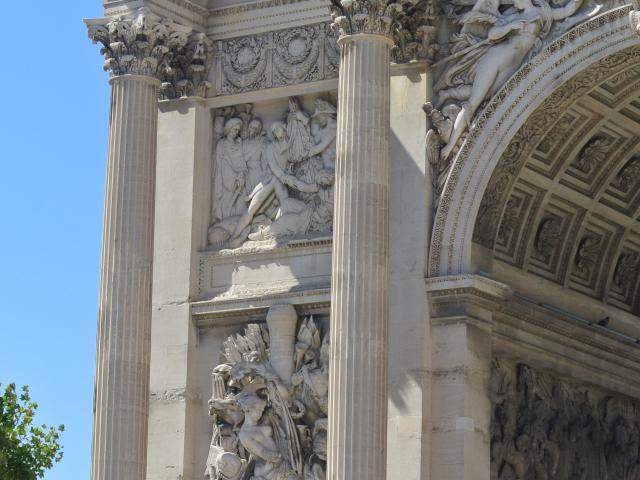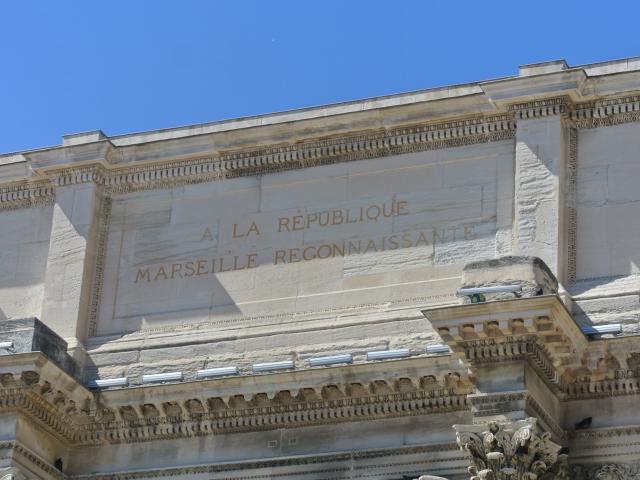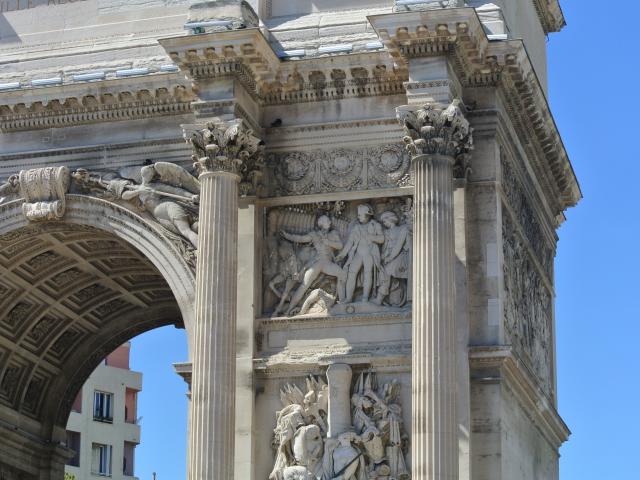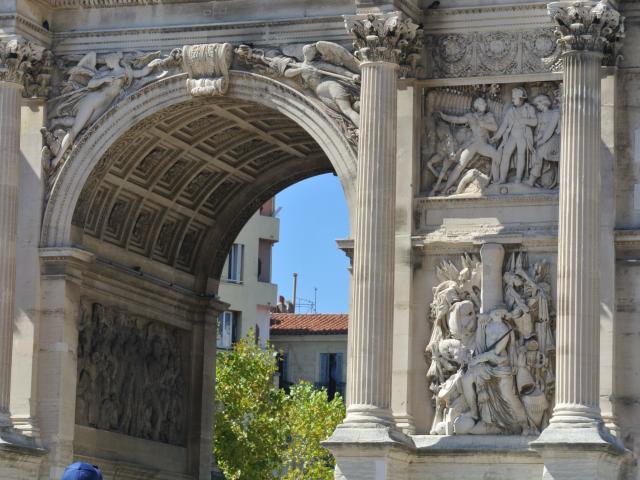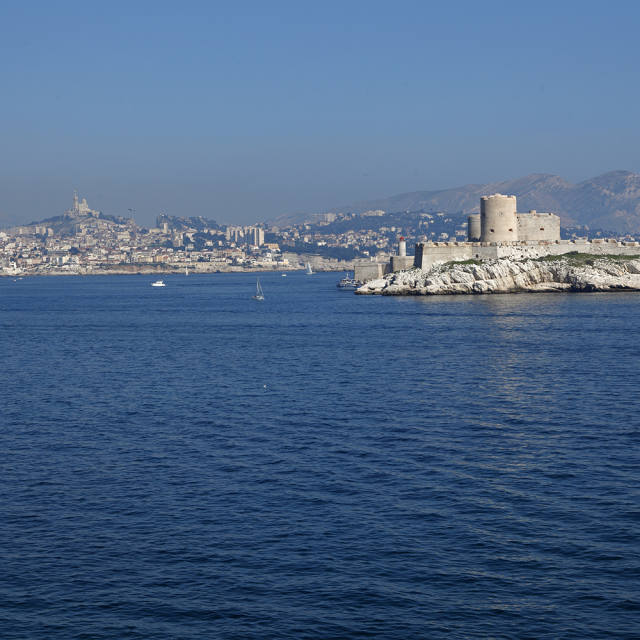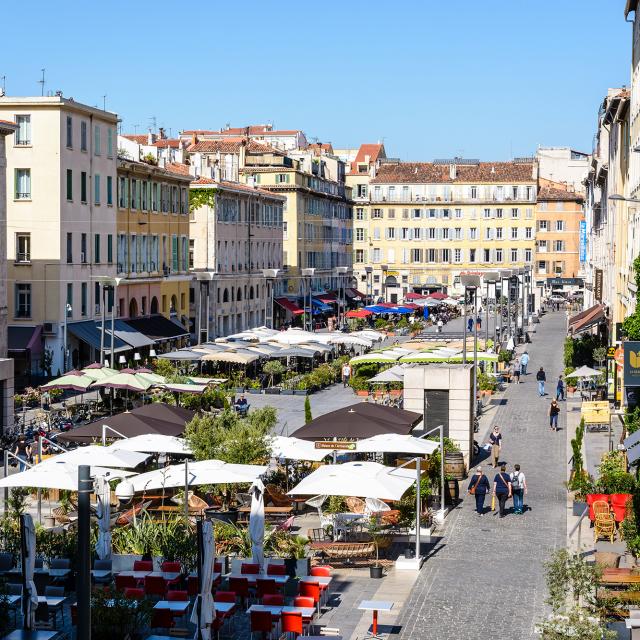The Roman tradition of triumphal arches
Triumphal arches are originally a Roman tradition. It is a monumental free-standing structure that spans a road and uses the architectural form of an arch with one or more vaulted passages.
A monumental arch built in Rome was used for purification after a victorious war. It was thus intended to commemorate victorious combatants or to celebrate important events (death of a member of the imperial family, accession to the throne of a new emperor, construction of a road, etc.).
Other imperial cities also had triumphal arches during Antiquity, including Orange in the South of France. In France, the most famous monumental arch is probably the Arc de Triomphe de l’Étoile, located at the top of the Champs-Élysées in Paris.
